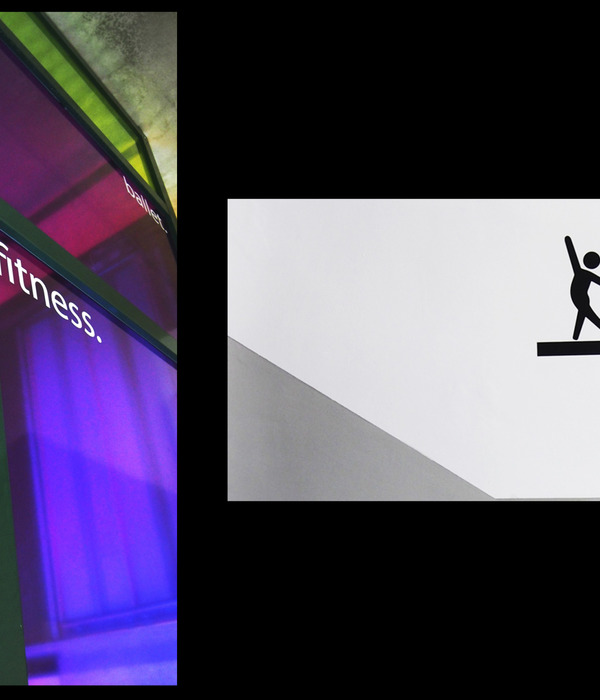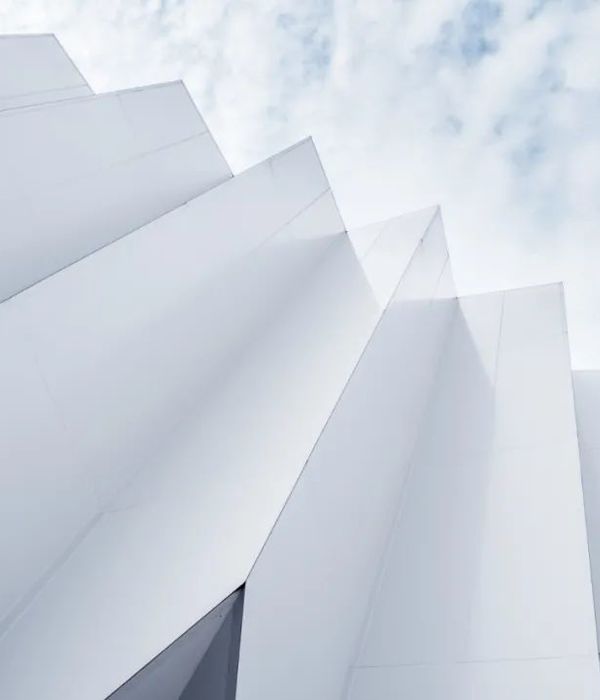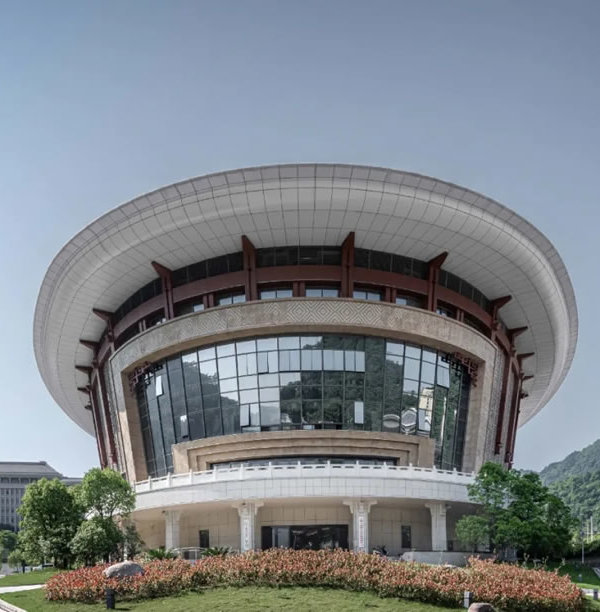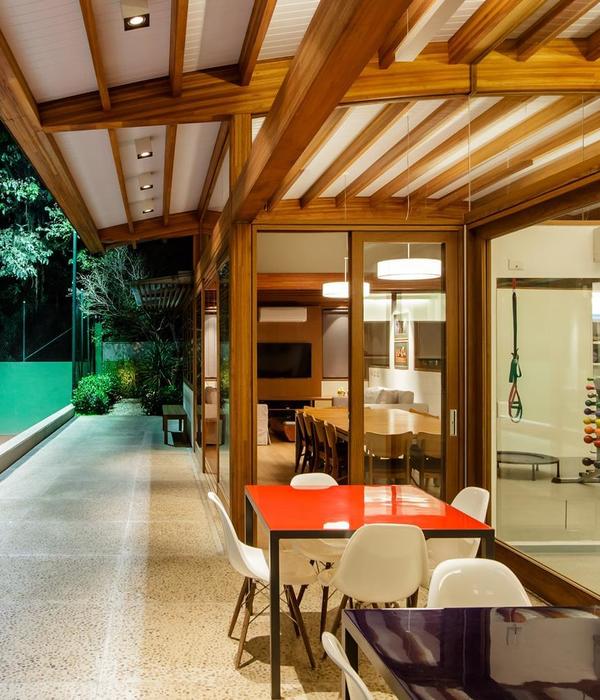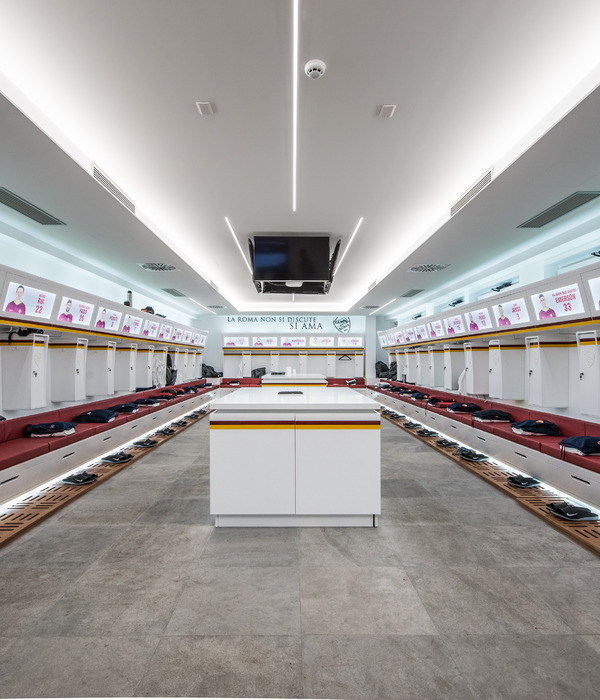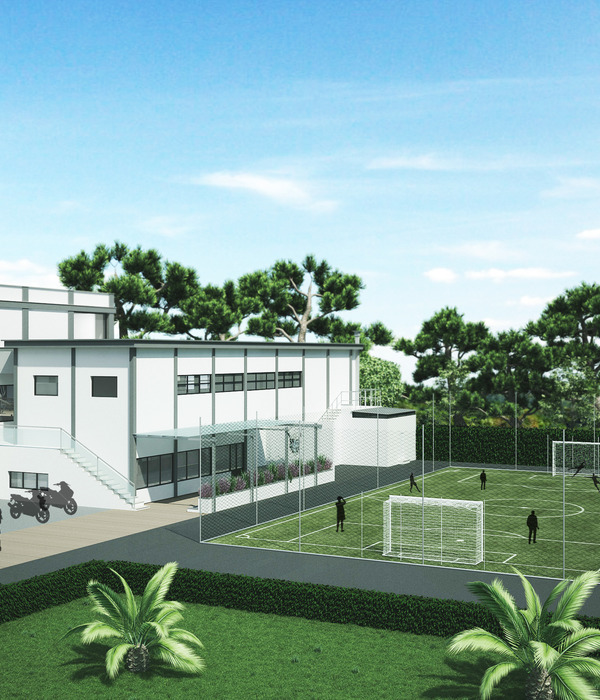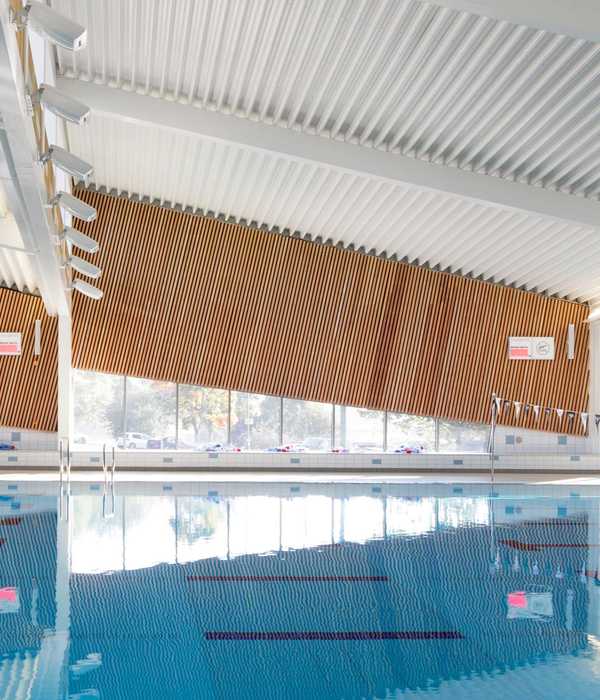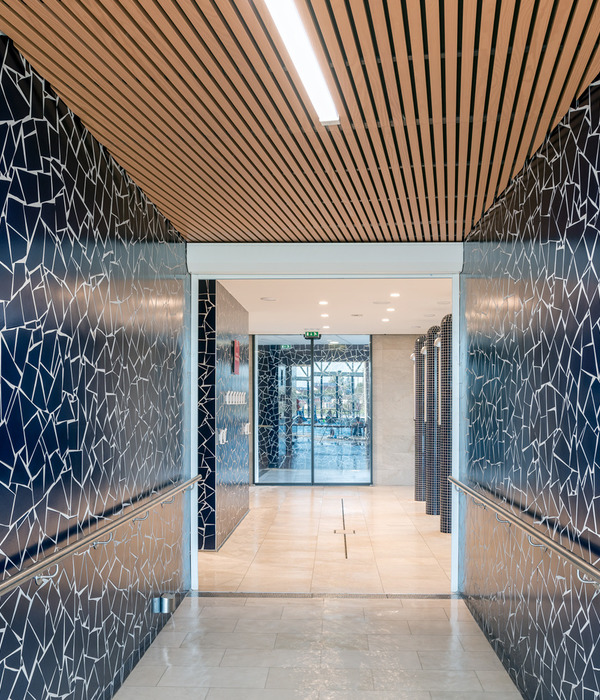The MUDIA museum in Redu, Belgium was opened in September 2018. Mudia stands for Muséé Didactique d'Art (Didactical Art Museum) which describes exactly what is on display in this environment. Three keywords sum up this unprecedented exhibition space: understanding, learning and having fun. These three concepts are at the heart of the museum’s playful, digital, hi-tech experience. Its videos, animations, games and tests, spread through 20 different rooms, ensure that visitors are not passive observers, but take an active role in appreciating art in a completely new way.
The museum is situated in an old restored vicarage in the centre of Redu, known as the “book village”.
The village of Redu became linked to the craft of bookbinding when approximately 32 years ago, the journalist Noel Anselot was inspired by a visit to Hay-on-Wye, the “book village” in Wales. On returning home, he decided to establish his own book centre in the Ardennes. He called various craft bookbinders and invited them to come and live in the original cottages in Redu to ensure the place kept its typical village style.
The old vicarage was a little out of fashion but ripe with possibilities and when the task of transforming it into a museum was entrusted to a local architectural studio, La Grange, it meticulously observed safety and conservation requirements by audaciously mixing old and new and digital technologies with the works of the great past masters, such as Veronese, Brueghel, Rodin, Spilliaert, Van Dongen, Wouters, Picasso, Modigliani, Giacometti, Magritte, Hergé, Franquin and Geluck. The exhibition rooms are characterised by different materials, from bricks to plasterboard and a range of artwork from eighteenth century masterpieces to pop film icons. To light these environments round View projectors have been used with flood optics and various accessories to ensure the exhibits are lit in the best possible way. Outdoors, the texture of the stone walls is highlighted by Trick luminaires.
{{item.text_origin}}

